I have always been wondering how people from cities like Lockerbie or Lakehurst deal with the faith that their hometown is majorly well-known for a catastrophe or major accident. One of these places in Germany is Eschede. The 6,000 people village in the district of Celle, some half an hour North of Hanover, became well known for the biggest train accident in the history of Germany – and the biggest high-speed train crash worldwide. At the day of publishing, the Eschede Derailment has its 23rd anniversary. This is a posting about the Eschede Derailment Memorial, typically called Gedenkstätte des ICE-Unglücks in German. As I don’t want to rate places like this one, I decided to present it in a Pictured Story (even though this posting comes with quite some text…)
Eschede Derailment – What has happened?
On 3rd June 1998, ICE 884 Wilhelm Conrad Röntgen was scheduled to travel from Munich to Hamburg. The ICE high speed train of the first generation (ICE 1) got into trouble with one of its steel tyres. This wheel broke due to to mechanical fatigue some six kilometers before the accident scene. It broke through the floor of the train and got stuck between two seats. Passengers saw that, but the conductor wanted to see what has happened first (which is in line with the processes in that case). This caused severe damages on the track already. 200 meters before the Eschede rail bridge, this part got stuck in the point lever of one of two switches before the bridge. This was at about 10:59 hrs.

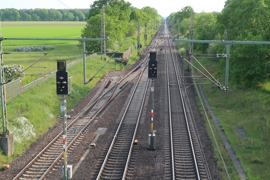

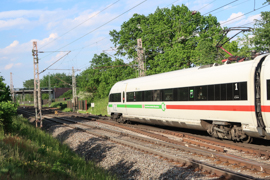

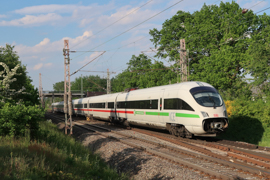
This activated the switch and while the first three cars went straight on, car 3 (which is the fourth carriage, including the engine), was pulled to another track. It derailed and the entire car flew into the support of the Eschede rail bridge. Car 4 derailed as well but rolled on at the travelling speed of 200km/h before being stopped by trees. The impact of car 3 caused the bridge to collapse. The bridge hit car 5 at its rear. This caused all other coaches to derail. They were finally crashing against each other in a zig-zag pattern. The first three carriages, caused by an automatic emergency stop, even completely halted some three kilometers North, even after passing Eschede train station.
The pictures above have of course been taken from an ICE train passing the respective spot at my time of visit. It is also a newer generation of ICE trains.
Rescue
Locals alarmed the police and firefighter forces and after the first local firefighters arrived, they alarmed their colleagues from a wide range around the crash. Finally, some 1,900 rescue workers, including German military tanks, which separated the train cars again, were necessary to clear the site, to care for the wounded and to retrieve the dead. 96 people (the train was about half full) were found dead at the site. Most were killed immediately, as the intense slowdown from 200 km/h to zero is equivalent to a free fall impact on ground from 160 meters. Five people died in hospital, two rail workers here hit by the derailed car and one person as been standing on the bridge and died. Five dead could not be identified.
Impact of the Derailment Disaster
Deutsche Bahn, the solo German rail company at that time, had to completely reconfigure the wheels of the ICE trains. So long, all ICE trains had to run with significantly reduced speed. The track had demolitions on a length of several kilometers. In addition, the bridge had to be rebuilt. In the following lawsuit, no natural persons could be sued and the action had to be abandoned, which lead to huge critics. Germany does not know lawsiots for crimes against companies. The Enschede derailment was the first accident, in which the helpers where systematically supported psychologically after their work.
Eschede Derailment Memorial – Location
The Eschede Derailment Memorial is located at the original location of the accident. The road is called Reberlaher Strasse, it is the K 20 (county road 20) road. It is signposted as Gedenkstätte in the city and thus easy to find. There is a parking spot for visitors.

Eschede Derailment – The Memorial
The memorial site has been opened in May 2001. There has been some upgrade in 2013. 101 trees are planted on the level of the rail tracks. There is also a memorial sign with the names of the vicitims. The memorial complains about how their faiths have met in this unexpected manner.
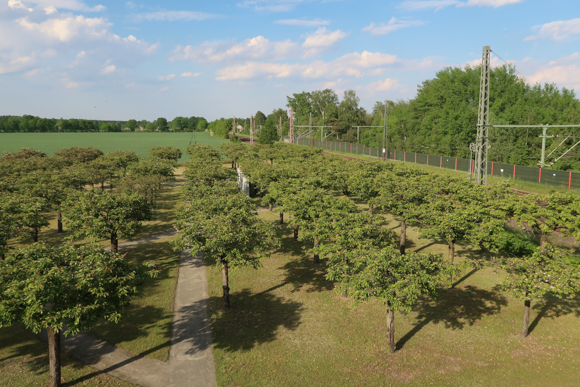









From there, stairs head up to the bridge level. There is a gate with another text, which is majorly thanking the helpers and stating that Eschede has become a place of solidarity and humanity due to that incident. If you pass the gate, there are symbolic stairs upwards, which do not lead anywhere. It is really a beautifully done place.


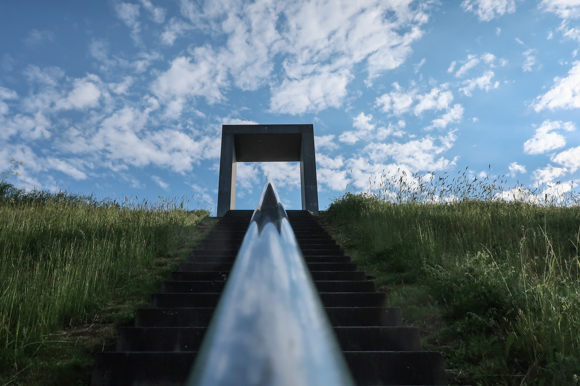





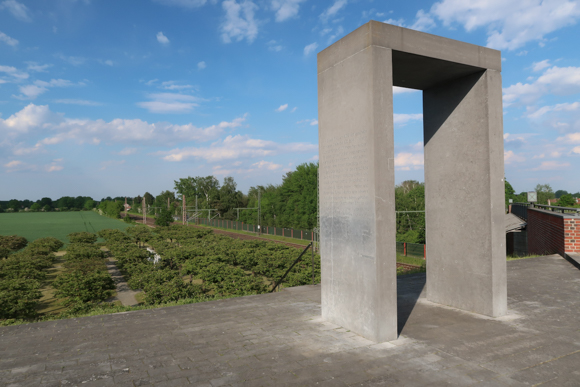
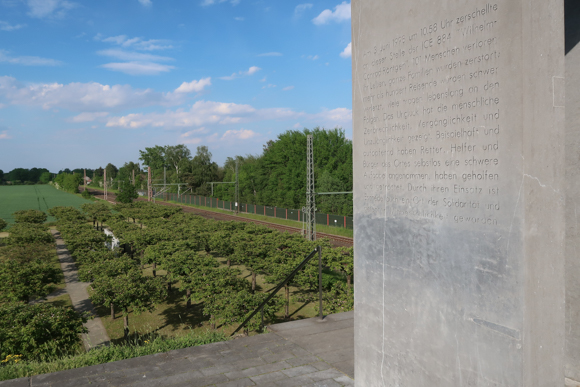





The Site today
The track between Hanover and Hamburg is one of the most important connections in Germany. In peak times, I would assume that you can spot an ICE train in Eschede every ten minutes, on top of regional trains like the Metronom connection. In case of memorial services in the past, trains however have been slowed down or even rerouted if they passed the area around 10:59 hrs at a 3rd June 2021.



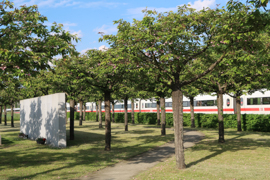




“Rides on Rail” Postings
Here is everything about trains, trams and other rail vehicles:

Food I Had Onboard XVII (mid-May to mid-July 2024)
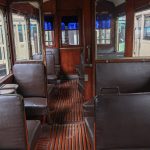
Museum of Public Transport of Wallonia

Kusttram – The World Longest Tram / Light Rail

Riding the Bergensbanen (The Bergen Line) in Norway
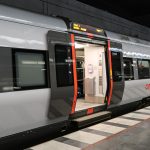
Riding the Öresundstag (Öresund Train)

Food I Had Onboard XV (March 2024 – early April 2024)

My Loyality Program Portfolio 2024

Kansas City Union Station (Pictured Story)


Getting Around in Tokyo with the Greater Tokyo Pass


Flyctory.com Best Ones 2023


Dresden Suspension Cable Railroad (Schwebebahn)


Food I Had Onboard XII (Late October 2023 – Mid-November 2023)


EuroNight EN 40476 Night Train from Budapest to Berlin


Riding the Pennsylvanian Train (Business Class) from New York to Pittsburgh
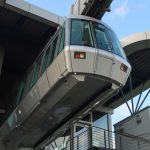

SkyTrain Dusseldorf Airport


Riding the Heathrow Pod


Southern Florida Regional Train Rides with Tri-Rail


Great Western Railway First Class Lounge London Paddington


Food I Had Onboard IX (Mid-May 2023 til June 2023)
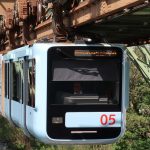

Wuppertaler Schwebebahn (Wuppertal Suspension Railroad)


Heathrow Express – The Fastest Rail to the City (Business First and Express Class)


Northern Trains Class 331/0 from Manchester Airport to Blackpool North


Travel all Germany for 49 EUR a Month? The New Deutschland Ticket
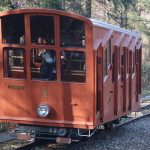

Riding the Heidelberg Funiculars


Dutch Railway Museum Utrecht


German Rail (Deutsche Bahn) Lounge Hamburg – Premium Area


Union Pearson Express Toronto – The Airport Express Rail


Thumb Up or Down? A Personal View on my Loyalty Program Portfolio


Food I Had Onboard VII (mid-February 2023 til March 2023)


Cyprus Railways Museum


Five Years of Flyctory.com – My 20 Most Popular Travel Posts (so far…)


Riding the TransPennine Express Nova 2 / CAF Civity First Class


Food I Had Onboard VI (December 2022 til mid-February 2023)


German Rail (Deutsche Bahn) Premium Lounge Berlin Main Station
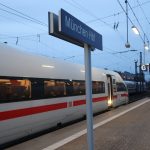

All German States (and the Eleven Biggest Cities) on one Rail Ticket – Part 2


All German States (and the eleven biggest Cities) on one Rail Ticket – Part 1


Riding the TECO Line Streetcar in Tampa


Brightline Premium Lounge West Palm Beach


Flyctory.com Best Ones 2022
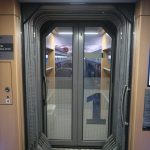


ICE 3neo High-Speed Rail First Class (Pictured Story)


Riding Flixtrain trains in Germany


German Rail Museum (DB Museum) Nuremberg


High-Speed Train Rides in Florida with Brightline
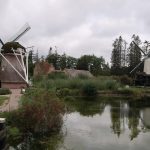

Dutch Open Air Museum Arnhem (Openluchtmuseum)


Brightline Premium Lounge Miami


Food I Had Onboard IV (May 2022 til August 2022)
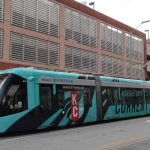

Riding the Kansas City Streetcar


Traveling Avanti West Coast Railways Pendolino First and Standard Premium Class


Riding the WeGo Star – Nashville’s only Mass Transit


Avanti First Class Train Station Lounge London Euston Station
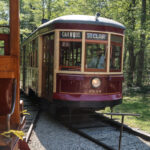

Halton County Radial Railway / Streetcar Museum
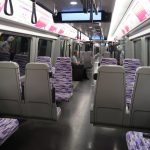

From Heathrow Airport to London with the Elizabeth Line
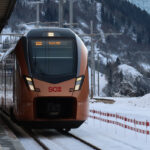

Riding the Stadler FLIRT Train of Swiss Südostbahn (IR 26 Treno Gottardo)


Food I Had Onboard II (Nov 21 til Mar 2022)


DB Lounge (German Rail Lounge) Stuttgart
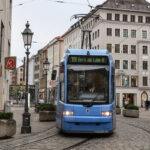

Exploring Munich With Tram Line 19


Stuttgart Funicular (“Standseilbahn”)
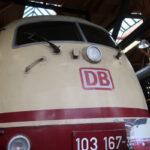

Lokwelt Freilassing


Riding the Berlin-Warszawa Express Train (EC 40 to 48)


Flyctory.com Best Ones 2021


The Berlin Tränenpalast (“Palace of Tears”)


Riding The Malpensa Express


Schlossbergbahn Graz
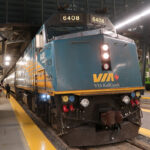

VIA Rail Business Class Train Ride from Ottawa to Toronto


Riding the Express InterCity Premium (EIP) in Poland
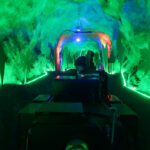

Graz Fairy Tale Train (Grazer Märchenbahn)


German Rail Lounge / DB Lounge Frankfurt Airport (FRA)


The Venice / Mestre Tramway – The Alternative Connection to the Lagoon?
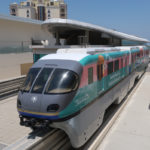

My Full Tour With The Palm Monorail (Dubai)


Tranvia de Soller – The Very Special Tram on Mallorca


Flyctory.com Best Ones 2020


Riding Italo Rail Club Executive Class



The train to Hogwarts? King’s Cross, Platform 9 3/4 (Pictured Story)


FRECCIALounge Milan


Frecciarossa 1000 Executive Class


ALPEN-SYLT Nachtexpress – A New Night Train Crossing Germany


ECE 451 – The Non-Stop Train from Frankfurt To Milan
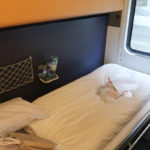

Nightjet Night Train – Single Deluxe Class


Four Countries, Four Trains – A Trip on Tracks (Day 4, 10th August 2020)
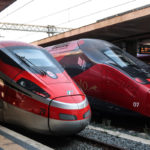

Four Countries, Four Trains – A Trip on Tracks (Day 2, 8th August 2020)


Four Countries, Four Trains – A Trip on Tracks (Day 1, 7th August 2020)
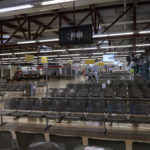

Traveling Through Germany at Covid-19 Times – A special Trip Review
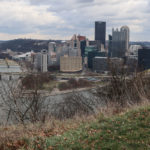

Flyctory.com Best Ones 2019


Pittsburgh Light Rail – It’s (partially) for free!


Mount Washington and the Pittsburgh Inclines


Riding the Arlanda Express


Madrid Railway Museum
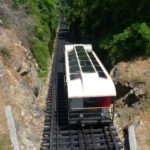

Lookout Mountain Incline Railway (Chattanooga, TN)


Platform 0 Chamberí – A Madrid Metro Ghost Station


Bergisch Historic Trams Wuppertal
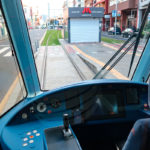

The only Rail Track on Canary Islands


Riding the Hogwarts Express
Flyctory.com Pictured Stories
The key contents of Flyctory.com Pictured Stories are the picture, not the text:
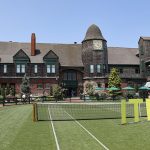

Infosys Hall of Fame Open 2024 – Some Impressions


State Hall (Prunksaal) of the Austrian National Library (Pictured Story)


Walking Through Caesars Palace Las Vegas (Pictured Story)


Impressions of Spinola Bay (Malta – Pictured Story)


Faroese National Botanical Garden (Pictured Story)


Vienna Central Cemetery / Wiener Zentralfriedhof (Pictured Story)


Meiji Shrine Tokyo (Pictured Story)


Fremont Street Experience Las Vegas (Pictured Story)


George’s Street Arcade (Dublin, Pictured Story)
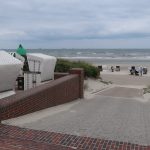

A Walk Through Wangerooge (Pictured Story)


Rhyolite Ghost Town (Nevada) and Goldwell Open Air Museum


Franciscan Monastery Dubrovnik (Pictured Story)
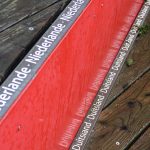

Germany’s Westernmost Point near Selfkant-Isenbruch (Pictured Story)
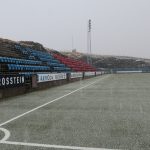

Svangaskard – The Traditional National Stadium of the Faroe Islands



Kansas City Union Station (Pictured Story)


Pokemon Center DX Tokyo (Pictured Story)


A Visit To Kirkjubour (Faroe Islands – Pictured Story)


Las Vegas New Year’s Fireworks 2024 near MGM Grand


Eysturoyartunnilin – The First Sub-Sea Roundabout in the World


Resurrection Cathedral Tirana (Pictured Story)


Impressions of Andorra La Vella (Pictured Story)
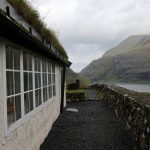

A Trip To Saksun (Faroe Islands, Pictured Story)


A Walk Around the Grounds of Wacken


A Short Roadtrip along Northwest Reykjanes


Inverness Cathedral (Pictured Story)
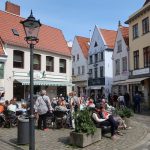

Schnoor – Bremen’s Oldest Borough (Pictured Story)


Hveradalir Geothermal Area (Pictured Story)


The (Vending) Machines of Tokyo (Pictured Story)


The Waterfalls near Seljalandsfoss (Pictured Story)


Brussels Grand Square – The Heart of the City (Pictured Story)


Walking Through Lillehammer City Center (Pictured Story)


Klaksvik and Djupumyra Stadium (Pictured Story)


Nyhavn Copenhagen (Pictured Story)


Wawel Castle Royal Gardens (Krakow – Pictured Story)


Helsinki Old Market Hall (Pictured Story)


Church of Saint Lazarus (Larnaca, Pictured Story)


Views of Wawel Royal Castle (Krakow – Pictured Story)


The Gunwharf Quays in Portsmouth (Pictured Story)
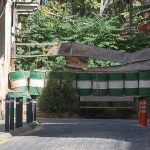

Walking through Nicosia (Pictured Story)


The New Bedford (MA) Whaling District (Pictured Story)


A Walk Through Inverness (Pictured Story)
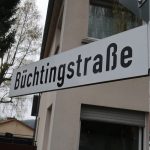

There is a single Büchting Street in Germany – and I take you there


Dyrholaey (Iceland, Pictured Story)


Pasteis de Belem – Home of the Famous Pastry (Pictured Story)
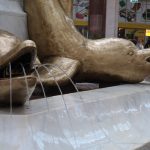

Trafford Palazzo – Posh Shopping in Manchester (Pictured Story)


A Walk Through Valletta Old Town (Pictured Story)


Rock of Ages Opening Night – Red Carpet Impressions


Nice Upgrades to Manchester Airport (MAN) Terminal 2 (Pictured Story)


Big Mac Museum (North Huntingdon PA, Pictured Story)


A Look Inside Palma Cathedral (Pictured Story)


Star Wars Galaxy’s Edge at Disney’s Hollywood Studios (Orlando, Pictured Story)


Al Majaz Park & Waterfront Sharjah (Pictured Story)


Hambach Surface Mining – The Largest Man-Made Hole in the World


Leadenhall Market in London (Pictured Story)



ICE 3neo High-Speed Rail First Class (Pictured Story)


Phantasialand Wintertraum on the Evening (Pictured Story)


Asam Chruch Munich (Pictured Story)


Advent Time at Skanderbeg Square Tirana (Pictured Story)


Carlo’s Bakery Hoboken NJ – The Heart of a Cake Empire (Pictured Story)


Limassol Marina and Harbor (Pictured Story)


Gullfoss – Iceland’s Most Famous Waterfall? (Pictured Story)
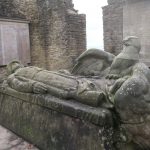

Walking Along Castle Ruin Hohensyburg (Dortmund – Pictured Story)


Sunderland Empire Theatre Guided Tour with Rock of Ages Stage


Nashville Mural Art in the Broadway District (Pictured Story)


Exploring Hamburg with the HADAG Public Ferries – Line 61
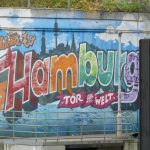

Exploring Hamburg with the HADAG Public Ferries – Line 73


Exploring Hamburg with the HADAG Public Ferries – Line 72
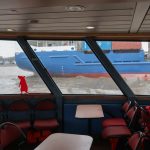

Exploring Hamburg with the HADAG Public Ferries – Lines 62 & 64 & Overview


View Over Akureyri from Hlidarfljall


Khorfakkan – Amphitheatre and Waterfall (Pictured Story)


3,337 Waffle Houses Away – A Walk through Paola, Kansas


A (Partial) Trip along F899 (Flateyjardalsvegur – Pictured Story)


Exploring the City Center of Woodstock, NY (Pictured Story)


Helgoland Dune Ferry (“Dünenfähre” – Pictured Story)


UPMC Lemieux Sports Complex (Pictured Story)


Akureyrarkirkja – Akureyri Church
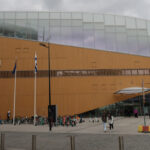

Oodi Helsinki – The Modern Library (Pictured Story)


The Historic District of Streetsville, Ontario (Pictured Story)


A Walk Through Greetsiel in East Frisia (Pictured Story)


Sharjah Central Souq (Pictured Story)


Al Madam Ghost Town (Pictures Story)
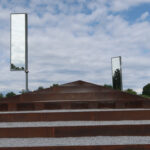

Austrian Sculpture Park Graz (Pictured Story)
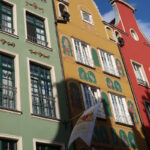

A Walk Through Gdansk Old Town (Pictured Story)


Riding the Swan Adventure Pedal Boat in Dubai – A Special Ride and Posting


Cuvillies Theater (Cuvilliéstheater) Munich (Pictured Story)


Souk Madinat Jumeirah Dubai (Pictured Story)
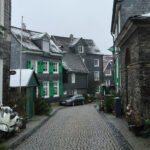

Walking Through Historic Remscheid-Lennep (Pictured Story)


Ottawa ByWard Market (Pictured Story)


Geysir Hot Spring Area (Iceland – Pictured Story)


Urridafoss – The Highest Flow Waterfall in Iceland (Pictured Story)


Hverir Geothermal Area (Pictured Story)


Walking the Ulica Florianska in Krakow to Market Square (Pictured Story)


The Bridge Between Europe and North America (Pictured Story)


A Walk Through Westerland (Sylt – Pictured Story)


BlueBrixx Megastore (Loop5 Weiterstadt) – The World Largest Brick Bar


Walking around Pilsum Light Tower (Pilsumer Leuchtturm, Pictured Story)


Walking in the London Docklands (Pictured Story)


A Walk Through Berlin’s Government District


A Walk Through Cologne / Bonn Airport Terminal at Covid-19 Times (Pictured Story)


A Walk Through Zeche Zollverein (Pictured Story – Essen, Germany)


Yas Mall Abu Dhabi


Al Seef – A Historic District at Dubai Creek


Paseo de Canarias & Paseo de Gran Canaria in Firgas (Pictured Story)


Views of London from One New Change (Pictured Story)


Aviation Monuments on Gran Canaria (Pictured Story)


Namco Funscape London (Pictured Story)



The train to Hogwarts? King’s Cross, Platform 9 3/4 (Pictured Story)
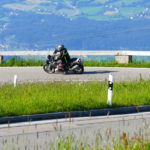

Rossfeld Panoramic Route
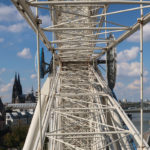

Watching Cologne from Europa Rad Ferris Wheel


Elbphilharmonie (Elbe Philharmonic Hall) Hamburg


Hangar 7 (Salzburg, Austria – Pictured Story)


Milan Cathedral (Pictured Story)


Herbertstrasse Hamburg – A Covid-19 Vacuum in the Red Light District


Fujairah Fort (Pictured Story)


St. Helier (Jersey) Markets (Pictured Story)
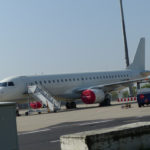

Cologne/Bonn Airport during Covid-19 Times (Pictured Story)


Clarke Quay (Singpore) by Night (Pictured Story)
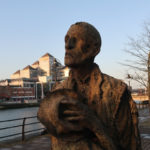

Dublin – A Walk along the River Liffey (Pictured Story)

Pingback: June 3rd: 101 People Lost Their Lives In the Eschede Train Disaster – Historic Moments Today
Proud to be part of this post. Very interesting 🙂